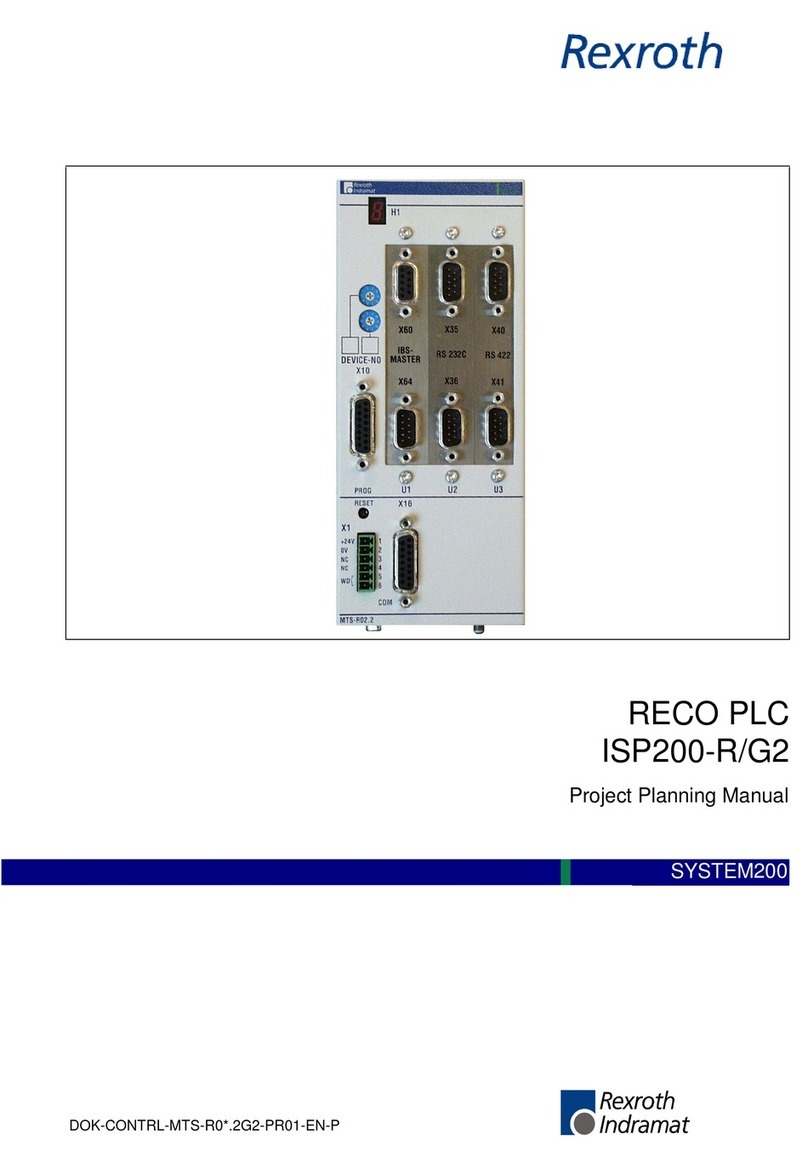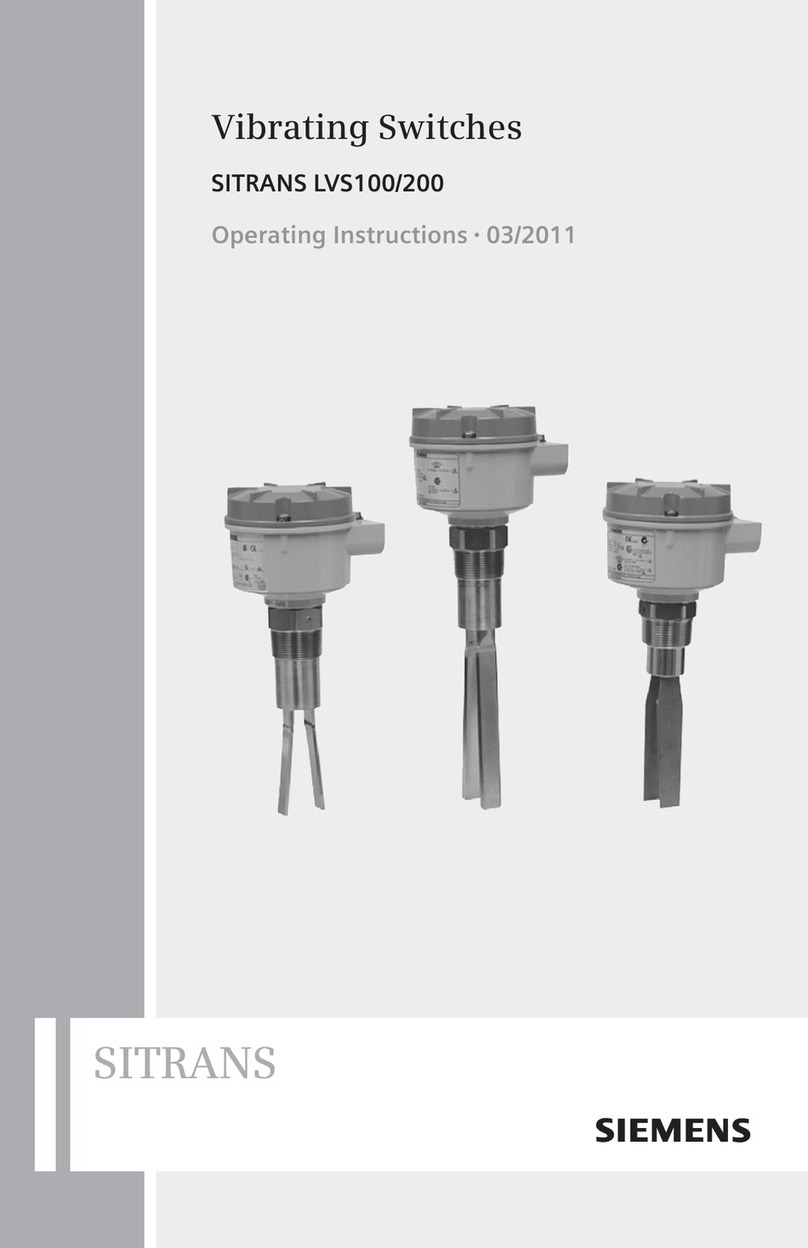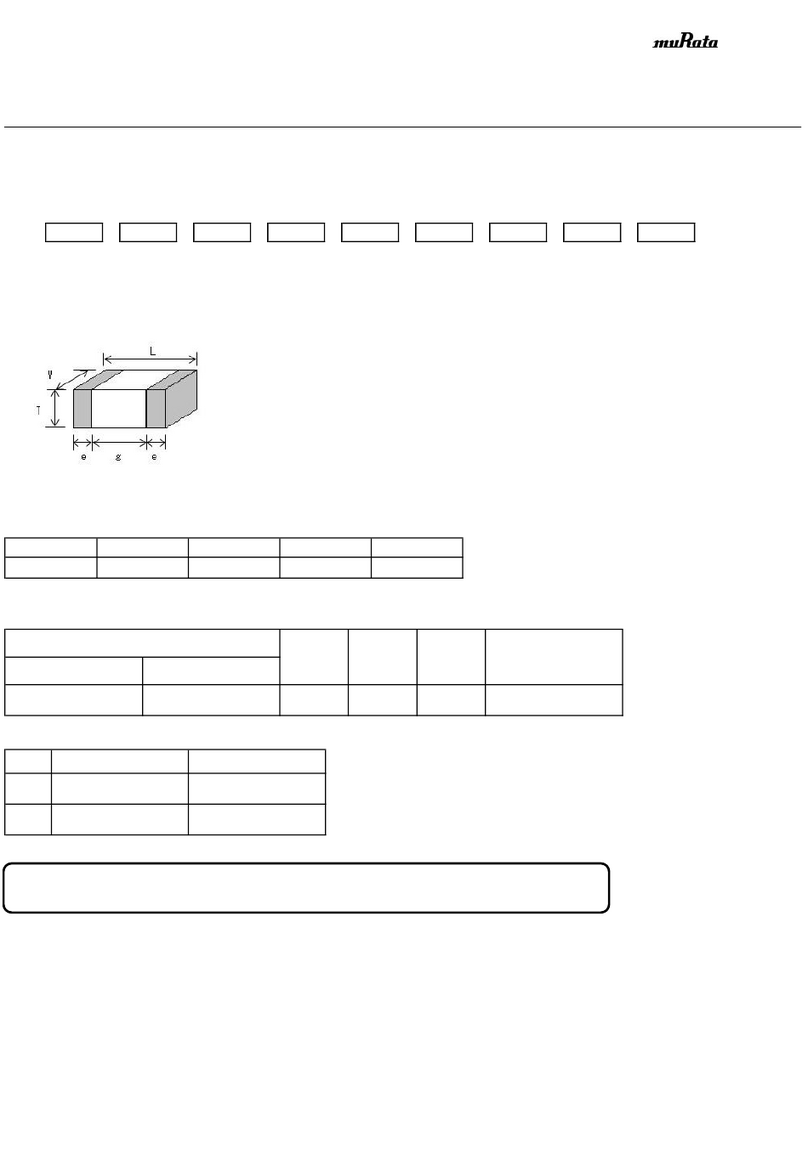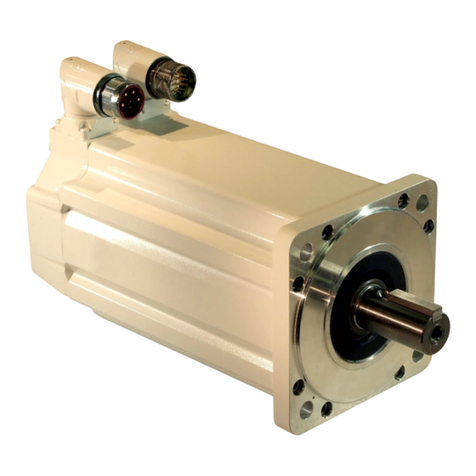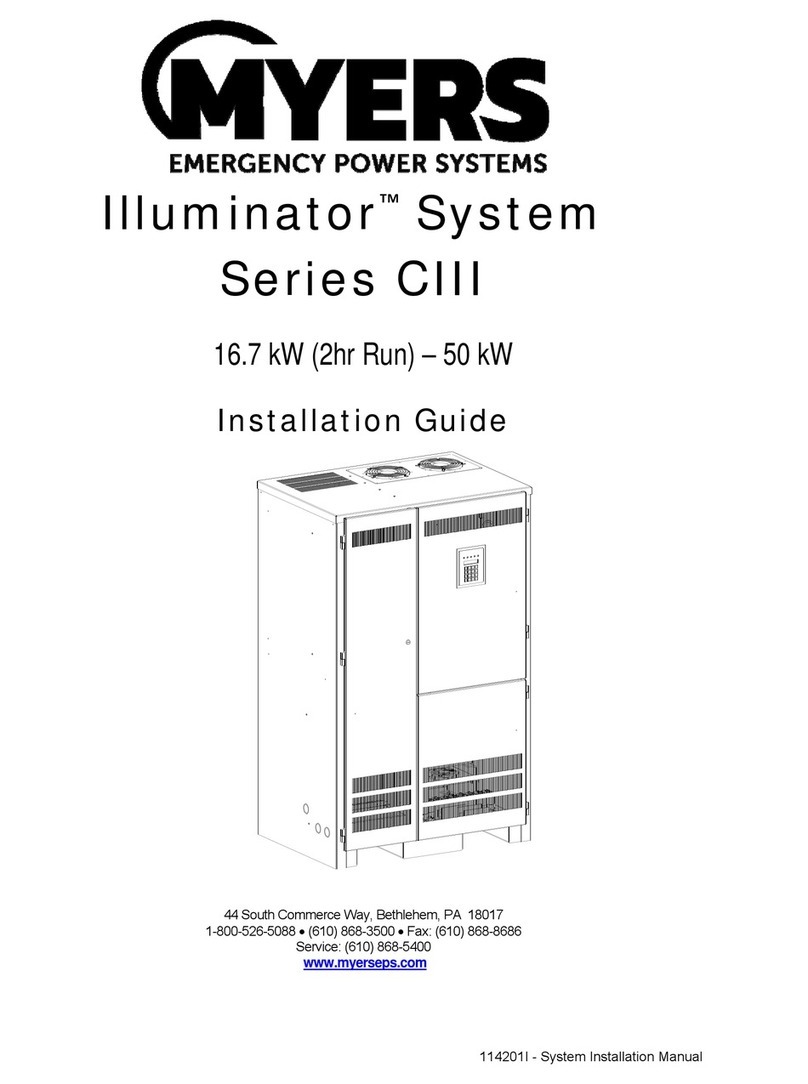
114061H System Installation Manual
C H A P T E R 5
AC INPUT &AC OUTPUT INSTALLATION
WARNING
Only qualified service personnel (such as a licensed electrician) should perform the AC
installation. There is a risk of electrical shock.
Read the following cautions before you continue.
CAUTION
•Unit contains hazardous AC and DC voltages. Because of these voltages, a qualified
electrician must install the system, AC line service, and batteries. The electrician must
install the AC line service according to local and national codes and must be familiar
with batteries and battery installation.
•Before you install, maintain, or service the unit, always remove or shut off all sources of
AC and DC power and shut off the system. You must disconnect AC line input at the
service panel and turn off the Installation Switch (S1), the Main AC Input Circuit
Breaker (CB1), and the Battery Fuse(s) to make sure the unit does not supply output
voltage.
•Whenever AC and/or DC voltage is applied, there is AC voltage inside the unit; this is
because the unit can supply power from AC line or from its batteries. To avoid
equipment damage or personal injury, always assume that there may be voltage inside
the unit.
•Remove rings, watches, and other jewelry before installing the AC wiring. Always wear
protective clothing and eye protection and use insulated tools when working near
batteries. Whenever you are servicing an energized unit with the inside panel open,
electric shock is possible; follow all local safety codes. TEST BEFORE TOUCHING!
•To reduce the risk of fire or electric shock, install the unit and its batteries in a
temperature and humidity-controlled indoor area free of conductive contaminants. See
page 7 for operating environment specifications.
1. Open the unit’s doors. Make sure the installation switch and the input circuit breaker are
off, and the battery fuse(s) removed.
2. Look at the ID label on the inside right door. Write down the following information:
Input Voltage: __________
Output Voltage: __________
3. Now, make sure the input and output voltages are what you need. Remember that the
system provides single-phase power only.
•Does the input voltage available for the system at the AC service panel match the
input voltage shown on the unit’s ID label?
Service Panel Voltage = ____________ Input Voltage __Yes /__No
•Does the output voltage on the ID label match the voltage your loads (protected
equipment) need?
Load Voltage = _____________ Output Voltage __Yes/__No
If you answered NO to either of the preceding questions, call SERVICE.
